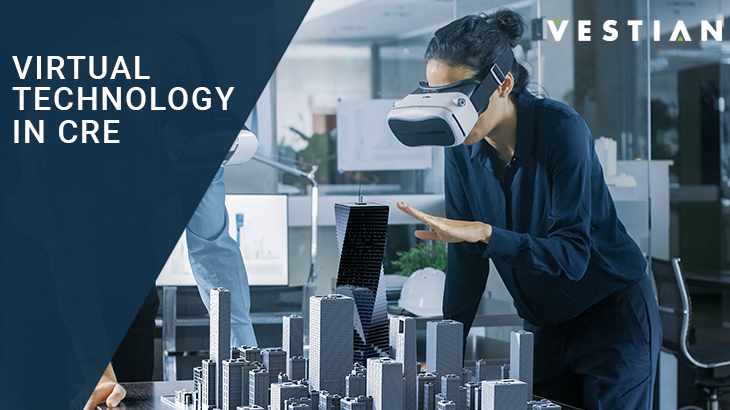As virtual technology becomes more affordable, accessible and easy to use, it is also gaining greater popularity with real estate developers. Comprehensive virtual open-house tours are gaining traction as a person living thousands of miles away can easily visit and select office spaces without physically travelling to the location. This trend is saving travel cost, time and providing the seller with a wider client reach and a dynamic form of advertisement. The versatility and effectiveness this technology provides has seen an increase in the number of VR enabled commercial real estate projects.
VR finds application across the real estate spectrum and not just marketing. It is beneficial to the developers with under-construction properties, where with the help of virtual showcasing, developers can now showcase their projects to potential buyers even without the existence of physical infrastructure. Besides being cost-effective, VR provides customers an immersive experience on how their next property would look like. Unlike 2D print visualizations through floor plans and images, virtual tours provide a realistic feel to potential buyers. Enabling clients to see planned construction even before it begins, can help accelerate the planning and development process. While VR offers developers and property owners speed while marketing the project; customers benefit by saving both time and money; thus reducing the sales cycle time.
Newer applications of VR such as holoportation can simplify facility or property management process too. When combined with mixed reality displays such as HoloLens, it allows users to see, hear, and interact with remote participants in 3D as if they are present in the same space. It can also assist property owners to remotely inspect the nature and extent of damages and track the progress of the repair processes. It makes the process of communication so much more effective. In fact, DoubleMe is working on its holographic mixed reality capture technology to make holoportation more affordable and accessible.
While there is immense development on various aspects of virtual technology, be it VR, AR or MR, what will be interesting/ or required is how all these technologies can be integrated on to a single platform, giving the user an option to seamlessly move from one virtual environment to the other.
